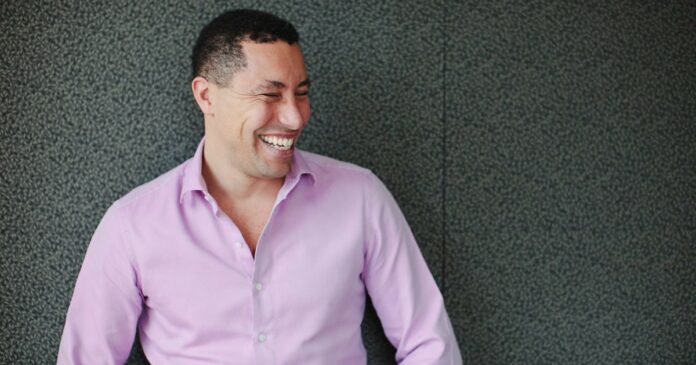The types of questions I’ve gotten from CEOs over the past ten years have dramatically changed. It used to be:
“How do I create my next groundbreaking product?”
Then it became:
“How do I create my next groundbreaking business model?”
But today the question that I get most frequently:
”Is the world outside of my organization changing faster than we are?”
They ask me this because they know IF it is, then it doesn’t matter what the next killer product or business model is. Because they won’t be able to change fast enough to take advantage of it.
If you’re a business leader, you’re likely expected to plan, forecast, and run expensive studies to try and figure out “what’s next.” You may even arrive at an answer that makes sense on paper. The problem, however, is that the future is unpredictable. A well-researched plan could be irrelevant by the time you decide to roll it out. In this fast-changing world, all bets are off when it comes to which organizations will dominate the future. In such a world we need a new guiding light to help us chart our course. What will provide this guidance? Diverse and inclusive teams. They are, in fact, we are new engines of growth and innovation.
This shift has been underway for a long time. The Medici Group has been at the vanguard of this change for the past several years, leading thousands of teams around the world to operationalize the power of diversity, equity, and inclusion. Take Disney, for example. We worked at a key park at Walt Disney World to help them break down silos, move faster and scale winning solutions with inclusive, cross-functional teams. As a result, they dropped the time of executing an innovative idea from 40 weeks to 6 weeks, and have since launched several new lines of business, such as their growing e-sports championships category.
Deploying diverse and inclusive teams is the best way for an organization to prepare for the future. Why? Because diverse, inclusive, flexible teams of people from seemingly unrelated backgrounds can provide insight into new stories, new subscriber segments, and new growth runways. When you mix personnel in this way, it enables static, highly-matrixed organizations to tap into insights that typically go unseen or unsolicited.
At Medici, we partner with organizations to help put this way of working into practice. We call it The Medici Approach, and it has three principles.
Constant Reframing™: Constant reframing means questioning your basic assumptions about existing norms. This behavior enables teams to see new pathways and opportunities for innovation by finding inspiration in seemingly unrelated concepts. One of the easiest ways to reframe your perspective is to question your bias about who can contribute meaningfully to your idea. Instead of approaching your “go-to’s” for advice and feedback, seek opinions from those outsides of your immediate circle.
The Smallest Executable Step® (SES): The Smallest Executable Step enables teams to quickly test the viability of an idea and learn if it works or if they need to pivot before they spend tons of time, money, or other resources to bring that idea to life. An SES should be done immediately, and with the resources that your team can easily access. It is a framework for teams to iterate their way to their broader vision, rather than going all-in on one big bet early on. Diverse and inclusive teams are well-equipped to SES their way to success because they can leverage a wider range of resources, get support from a wider network, and are better able to capitalize on unexpected findings.
Dynamic Allocation of Resources™: This principle enables teams to become much better stewards of their resources (i.e. time, attention, capital). When a team identifies a strong growth opportunity, it must be able to capitalize on it swiftly. Otherwise, another company may beat you to the punch. This will often require shutting other, less promising projects down and refocusing efforts on the ones that exhibit the most potential. Engaging a diverse group of stakeholders throughout the innovation process is key to mastering this behavior.
These three principles, like any new way of thinking, require practice and reinforcement. But once internalized, they are an organization’s greatest asset in revving up a strong culture of innovation and preparing for an uncertain future.
But remember, these principles can’t stop at the top. They have to cascade down to diverse and inclusive teams. And the more diverse and inclusive that pool is, the greater the odds that you’re going to create something that runs circles around your competitors.
Frans Johansson Author of The Medici Effect | Thought Leader | CEO
Originally published https://www.linkedin.com/pulse/your-growth-plan-good-enough-frans-johansson/





